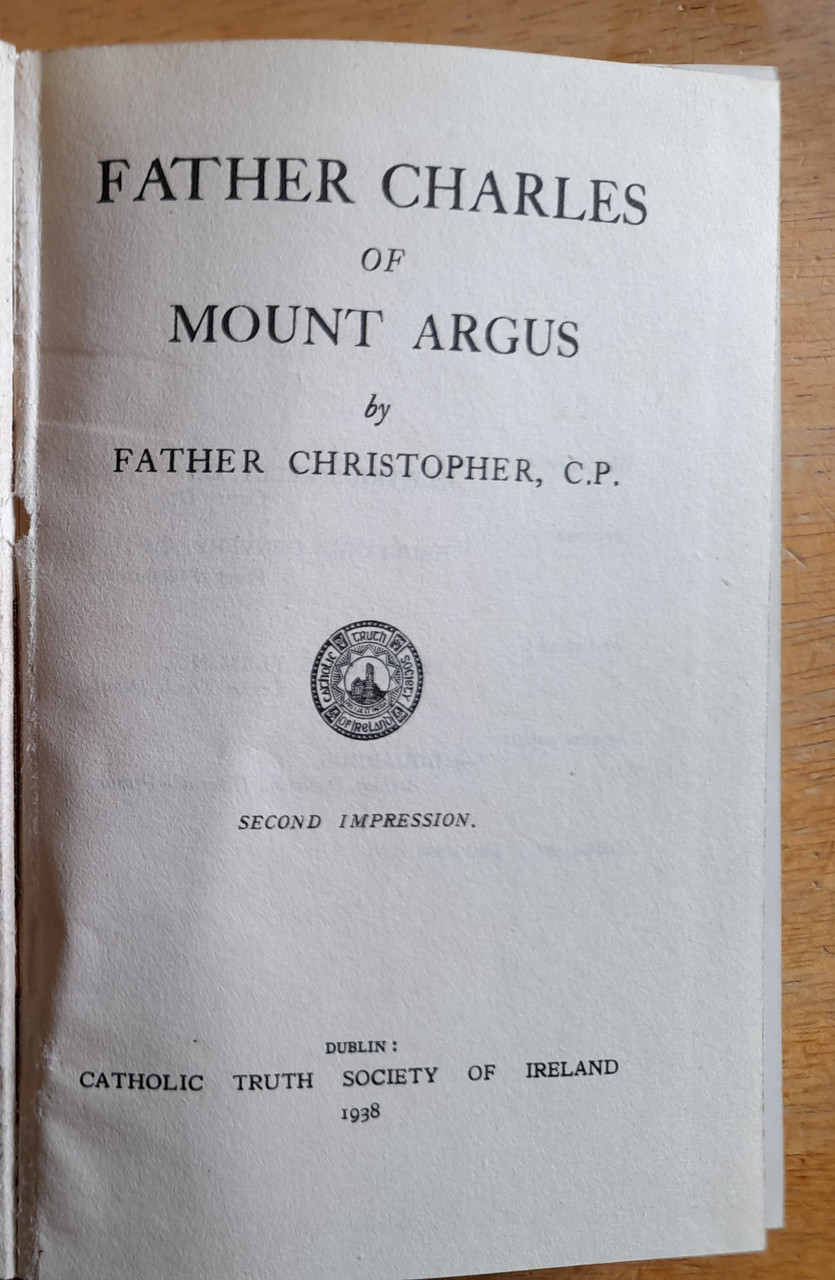Product Description
Father Charles of Mount Argus
Father Saint Charles of Mount Argus was born John Andrew Houben on December 11, 1821 in the village of Munstergeleen, Holland. In 1841, he was enrolled for military service and while in the army, he heard of the Passionists and decided to join them. With the military service completed in 1845, Andrew joined the Passionists at Ere, in Belgium. He was ordained on December 21 1850 in Tournai and in 1852 he was sent to England where he first encountered the Irish who were emigrating in the wake of the Famine. He was transferred to Ireland and on July 9, 1857, he arrived at the newly-founded monastery of Mount Argus in Dublin.
Fr. Charles (the name that he took on his profession) was not known as a preacher, but excelled in the confessional and in comforting the sick. His gift of healing the sick is most clearly remembered. As many as 300 people a day came to be blessed by him. Fr. Charles was transferred to England in 1866 and remained there for eight years before returning to Ireland where he would stay for the rest of his life.
The daily pilgrimage of sick and distressed people resumed almost immediately on his return. During the last years of his life, he endured many trials; his family in Holland were dying and old injuries returned to plague him. Towards the end of 1892, it was obvious that his life was coming to an end. He said his last Mass on the Feast of the Immaculate Conception. At 5:30am on January 5, 1893, he died.
His remains were laid to rest in the cemetery adjoining the Monastery and Church at Mount Argus and his grave quickly became a place of pilgrimage. In 1949, his remains were moved to a new tomb inside the church and this shrine became a place of prayer. Father Charles was beatified by Pope John Paul II in 1988 and on June 3 2007, he was canonised by Pope Benedict XVI.
The Feast of Saint Charles of Mount Argus, Dublin is celebrated on January 5.
This edition ( with illustrations) was published bhy the Catholic Truth Society, Ireland 1938, this being a reprint/ second impressilon.
 Euro
Euro
 British Pound
British Pound









